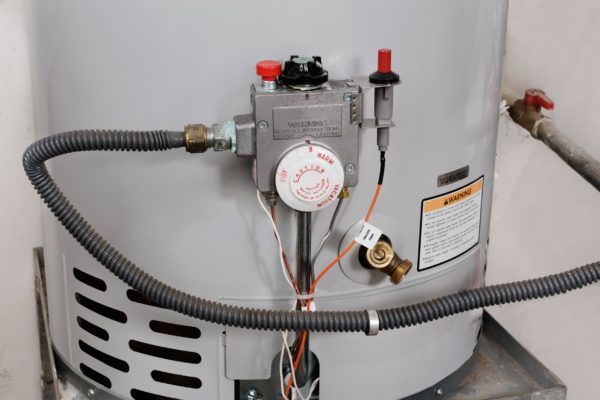
Unfortunately, no brand or style of water heater is indestructible. Even the most reliable system requires ongoing maintenance. Luckily, most problems that arise are common, and the source is neither difficult to detect nor maintain. Here are a few tips when it comes to water heater troubleshooting.
Problem: Bad Odor and Discoloration
This is derived from a build up in the tank. It could be rust and sediment clouding the water or bacteria fuming a foul odor.
Solution: Flush and Clean
Drain the tank with a garden house, and clean it with chlorine bleach or hydrogen peroxide. Also, consider checking and replacing the anode rod. Mr. Plumber offers worry-free water heater flushes for only [price]
Problem: Low Hot Water Pressure
Aerators and faucets can become clogged with sediment, rust, calcium or debris after a water heater has been replaced. Decreased water pressure can also simply occur over time.
Solution: Tinkering
You’ll need to remove the aerator or faucet to clear out the clog. With the right tools and guide, it’s a simple task.
Problem: Water Heater Leaking
Water heaters have a variety of ports and openings, and a leak means at least one is not shutting correctly. Another possible source of the leak could be the water heater tank itself.
Solution: Check the Valves
One water heater system alone can have a drain valve, pressure relief valve and gas control valve or electric heating element, depending on your power source. Check all of them, along with the plumbing above the water heater. If no leak is found, the source is mostly likely the tank. If this is the case, it’s time for a new water heater.
Water heater troubleshooting is a game of guess and check, filtering through the process of elimination. Most problems can be easily solved with the right amount of patience and determination. If anything, you can now at least detect the problem and talk to your local plumber about getting it fixed.

